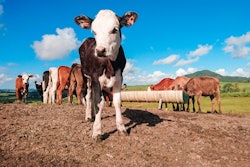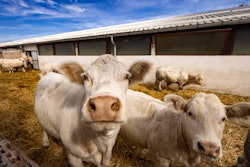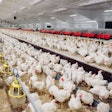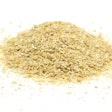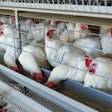
Closing on the theme beef on dairy, I want to share another experience from my work on the subject. What many beef growers (i.e. feedlot enterprises) do not always take into account (yet) is that dairy breeds are delicate animals. Yes, they are heavy and strong, but that is because we raise them indoors under the best possible conditions.
When we cross a dairy dam with a beef sire, we expect this crossbred to be more robust and, in some aspects, it is due to the hybrid effect, but in others it retains some of the negative aspects of either breed. A research report recently mentioned that morbidity and mortality in properly raised beef-on-dairy calves did not differ from straightbred beef calves. And, this should always be the case. But, to reach this point, the beef-on-dairy calf must be preconditioned properly.
In beef terminology, this preconditioning or backgrounding refers to the period between weaning and the time an animal enters the finishing feedlot. Usually this is a few weeks to a couple of months. In dairy operations, however, where the beef-on-dairy program is followed, things are different. Here, the animals are weaned at 50-60 days old and not at 200-plus days of age as in normal beef operations, so the time between weaning and the finishing feedlot is extended. During this time, a poor nutrition program to save on feeding costs will only hinder later growth performance, and even prevent the beef quality aspects of the cross from surfacing.
Some, naturally, will point to compensatory growth effect, but that is not the right place to do so. Where beef-on-dairy schemes are employed, this is done to produce more beef faster and not to exploit some byproduct or latter vegetation growth etc. So, rapid growth is essential from Day 0 until animals reach market age. Only then they can fully meet their genetic potential.


